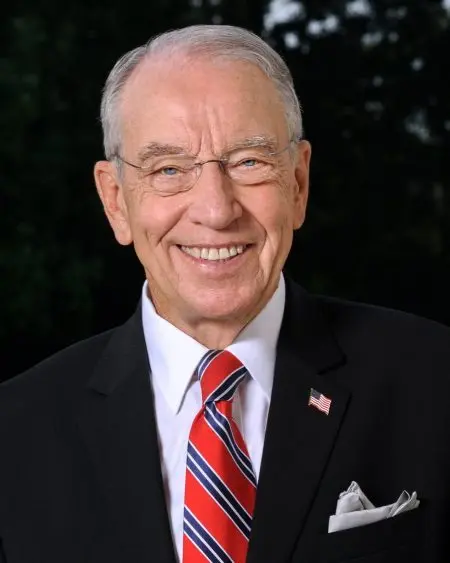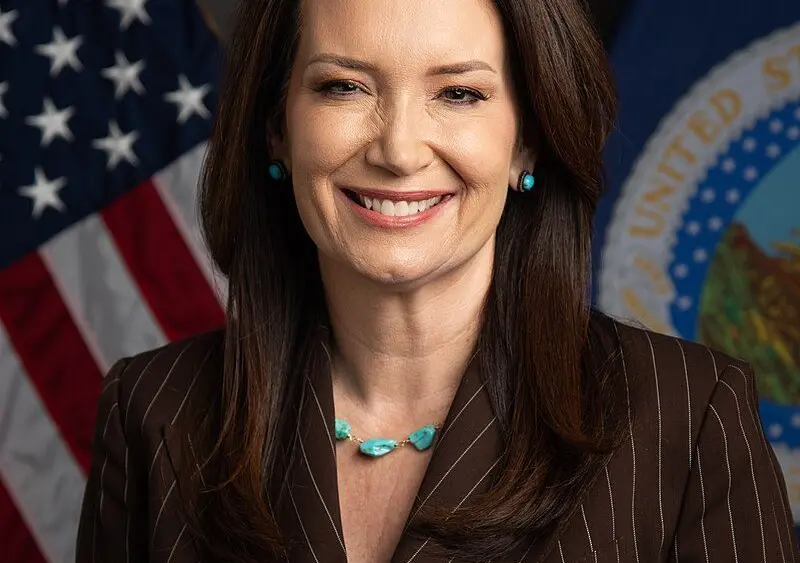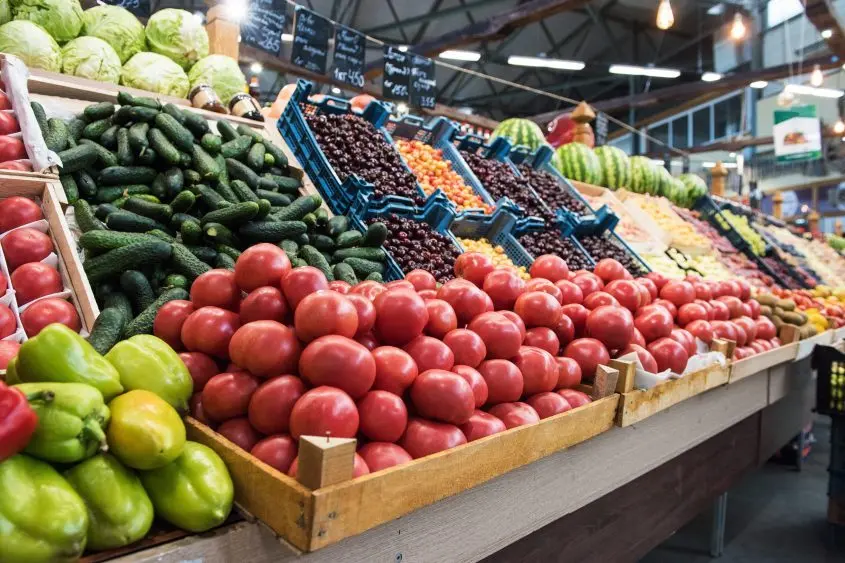Drought imposes significant costs on the U.S. agricultural sector, particularly livestock producers who rely on precipitation to grow forage.
The U.S. Department of Agriculture (USDA) administers several programs to mitigate the economic costs of drought. One of these programs is the Livestock Forage Disaster Program (LFP), which provides payments to livestock producers impacted by drought.
A new report issued today by USDA’s Economic Research Service, The Stocking Impact and Financial-Climate Risk of the Livestock Forage Disaster Program, provides modeling results that suggest that the LFP poses a financial climate risk to the Federal budget.
Here are a few key findings from the report:
- In the moderating and middle-of-the-road greenhouse gas (GHG) emission scenarios, modeling results indicate that Federal Government expenditures on LFP will increase by 45% and 65% (in 2022 dollars), respectively, by the end of the 21st century compared with average expenditures between 2014 and 2022.
- Under high and accelerating emission scenarios, results suggest that Federal Government expenditures on the program will increase by more than 100% (in 2022 dollars) by the end of the 21st century compared with average expenditures between 2014 and 2022.
- How drought is defined and possibly updated over time under a changing climate could significantly alter the modeled financial-climate risk of LFP.
For more information, please refer to the full report.




